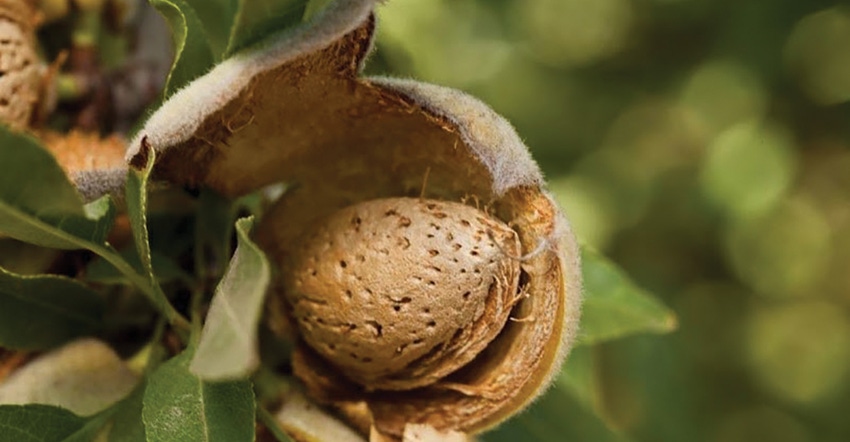
It comes as no surprise to anyone in California trying to grow something that a lot of problems stand in the way of success.
“It’s a huge challenge for all farmers,” according to Almond Board of California chief scientific officer, Josette Lewis. Speaking to CalMatters, she noted: “People in California agriculture recognize that, with the need to manage groundwater more sustainably and the uncertainty of surface water supply, the overall footprint of agriculture may change.”
Especially pertinent is a follow-on quote from a University of California Cooperative Extension specialist charged with advising farmers on how to manage water efficiently: “The reality is we’re living beyond our means. We’ve reached a point where we are using more water than is available,” added Sam Sandoval Solis, an associate professor at UC Davis.
California’s water crisis is reverberating through what used to be a slow-to-change industry and many of the old ways of doing things are no longer working, reported the publication.
While farmers in general have managed to both cut water use (by 14%) while increasing productivity (by 38%), according to the California Farm Water Coalition, nut trees require liquid sustenance in varying degrees.
To assist in that matter, the California Department of Food and Agriculture has dispensed some $80 million in the last decade to help convert farms from flood irrigation to micro-irrigation.
“We’re using precise amounts of water at the precise time,” said CDFA Secretary Karen Ross, “and it’s making a huge difference.”
Free Report: Tree Nut Management Guide
Implementing change in the way things are done doesn’t come easily, however. It’s an often-times tortuous one-step-forward-two-steps-back process and a group of researchers at UC Davis is living up to that process in their Torture Orchard.
Essentially dry farming
Professors Kenneth Shackel, Thomas Gradziel, and Pat Brown have, in essence, become dry farmers as they utilize new technology like sensors monitoring soil moisture or smartphone apps that control irrigation schedules.
In Shackel’s case, it’s a so-called pressure bomb device, sort of a blood-pressure cuff for tree crops, that monitors a tree’s internal moisture levels to understand real-time water needs, then asking the plant to produce normally while giving it less water. Working with both almonds and walnuts, Shackel told CalMatters: “Plants need to learn there’s no such thing as a free lunch. It’s about finding the right balance.”
Nut breeder Pat Brown deals with varieties of nut trees that can manage to survive in saline soils and require less water. In the Torture Orchard, he has been drip-irrigating pistachio root stocks with briny water and then no irrigation [exception being 1/10” rain] for four months and considers it a success that they remain viable. “They may not look great, but they’re still alive,” he says.
“What we really need is an experiment with water, inches of irrigation applied on the X axis and economic value to the grower on the Y axis --- how much water can we cut back without impacting the profit margin. We’re going to have to find out what current limits are and test them a bit beyond the comfort zone.”
Plant scientist Tom Gradziel has spent the last two decades looking for the almond of the future to supersede the traditional Nonpareil that has dominated the industry because it has an ability to survive drought. He says the nut tree of the warmer future needs more than drought tolerance.
“You can’t rush this,” he says. “I’m breeding trees now that growers will have 20 years from now.” That said, he adds: “The solutions are out there. At no time in the history of almond improvement has there been such a breadth of diversity in terms of genetics. The target we’re looking at involves a 2,000-pound yield per two acre-feet-of-water — that’s our goal and attentive irrigation management is one pathway.”
About the Author(s)
You May Also Like




